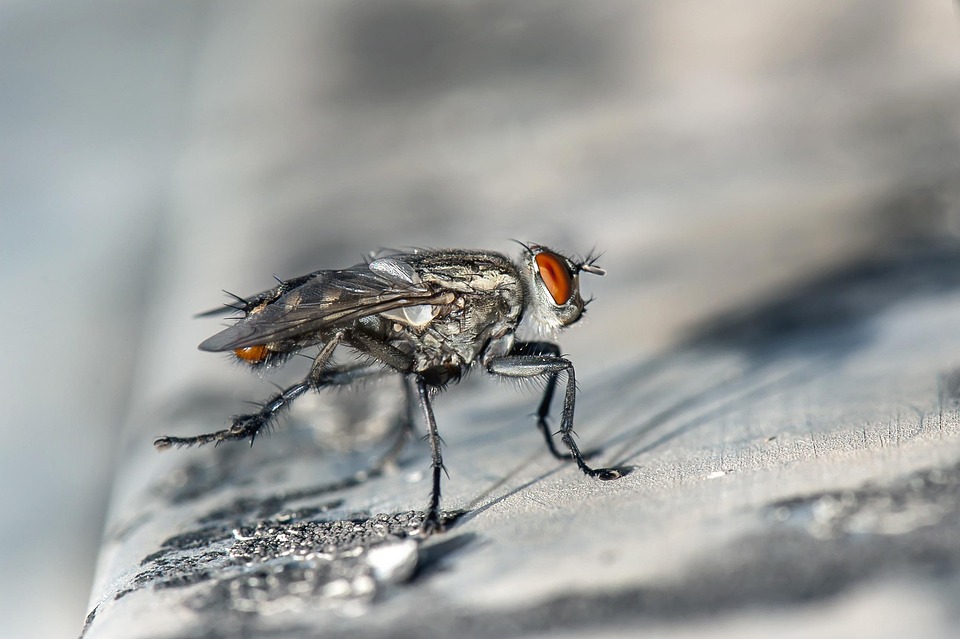The Silent Symphony: Understanding Dolphin Communication and Intelligence
Dolphins, often regarded as the most intelligent marine mammals, continually captivate researchers and enthusiasts alike with their complex behaviors and social structures. Their communication systems—rich in nuance and variation—hint at levels of intelligence that rival those of some terrestrial species. In this article, we delve into the silent symphony of dolphin communication and explore the depths of their intelligence.
The Language of Dolphins
Dolphins communicate through a sophisticated array of sounds, including clicks, whistles, and body movements. While humans often rely heavily on verbal language, dolphins utilize a composite language of acoustic signals, which allows them to convey a multitude of messages ranging from proximity and distress to social bonding.
Vocalizations
-
Clicks: These high-frequency sounds are primarily used for echolocation, allowing dolphins to navigate their environment, locate prey, and avoid obstacles. The clicks can vary in frequency and intensity, which may communicate different information about the surrounding environment.
-
Whistles: Known as signature whistles, each dolphin has a unique whistle, akin to a name. These whistles serve to identify individuals, facilitate social interactions, and strengthen bonds within pods. Research shows that dolphins use signature whistles not only to call out to individuals but also to maintain contact when separated.
- Body Language: In addition to vocalizations, dolphins employ an array of physical gestures, including leaping, slapping their tails on the water, and synchronized swimming. These actions can enhance their vocal communication and convey emotions such as playfulness or aggression.
Social Structures and Intelligence
Dolphins are highly social creatures, often forming complex communities known as pods, which typically consist of 10 to 30 individuals. These pods can exhibit intricate social dynamics, including cooperation, empathy, and even altruism.
Problem Solving and Playfulness
Dolphins have demonstrated advanced problem-solving abilities in various experimental settings. Their playful nature often promotes learning; they engage in games that enhance their cognitive skills. Studies have shown that dolphins can recognize themselves in mirrors, a sign of self-awareness shared by only a few other species, including humans and certain primates.
Tool Use
Some dolphin species, like the bottlenose dolphin, have been observed using tools. For instance, in Shark Bay, Australia, dolphins use marine sponges to protect their snouts while foraging on the seafloor. This behavior highlights not only their intelligence but also their ability to innovate and adapt to their environment.
Implications of Dolphin Communication
Understanding dolphin communication has significant implications for research, conservation, and human interaction. As we learn more about their language, we may be able to develop more effective conservation strategies. Knowledge of their social structures can inform how we protect their natural habitats and ensure their survival in a rapidly changing world.
Interaction with Humans
The profound intelligence of dolphins raises ethical questions about their treatment in captivity. Many argue that the complexities of dolphin communication and social structures cannot be accommodated within the confines of marine parks. Advocating for their rights and well-being is essential as we navigate the balance between human fascination and animal welfare.
Conclusion
The silent symphony of dolphin communication reveals a world rich in complexity and intelligence. Their unique vocalizations and intricate social structures paint a picture of a species that is not merely surviving but thriving through cooperation, empathy, and innovation. As we continue to study these remarkable creatures, we are reminded of the need for responsible stewardship of our oceans and the beings that inhabit them. Through understanding, we can foster a deeper connection with dolphins and ensure their future in the wild.
For further insights into dolphin intelligence and communication, refer to [modern_footnote_source_link].


























Add Comment